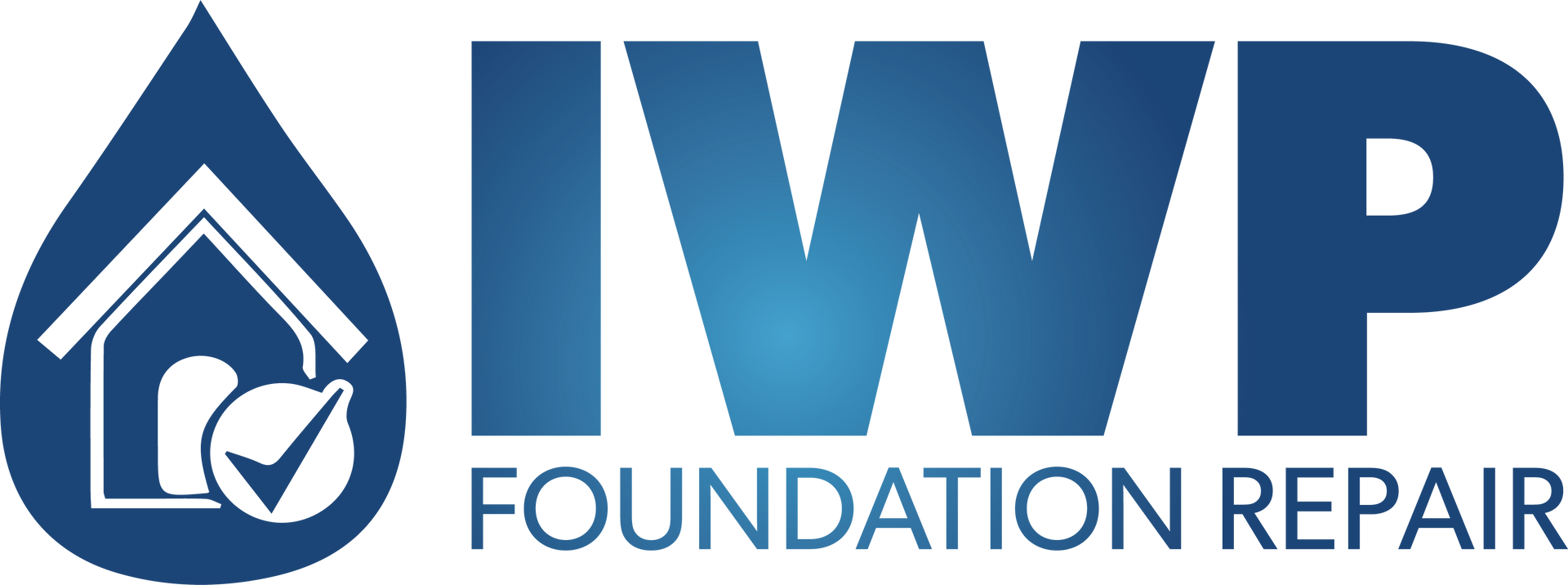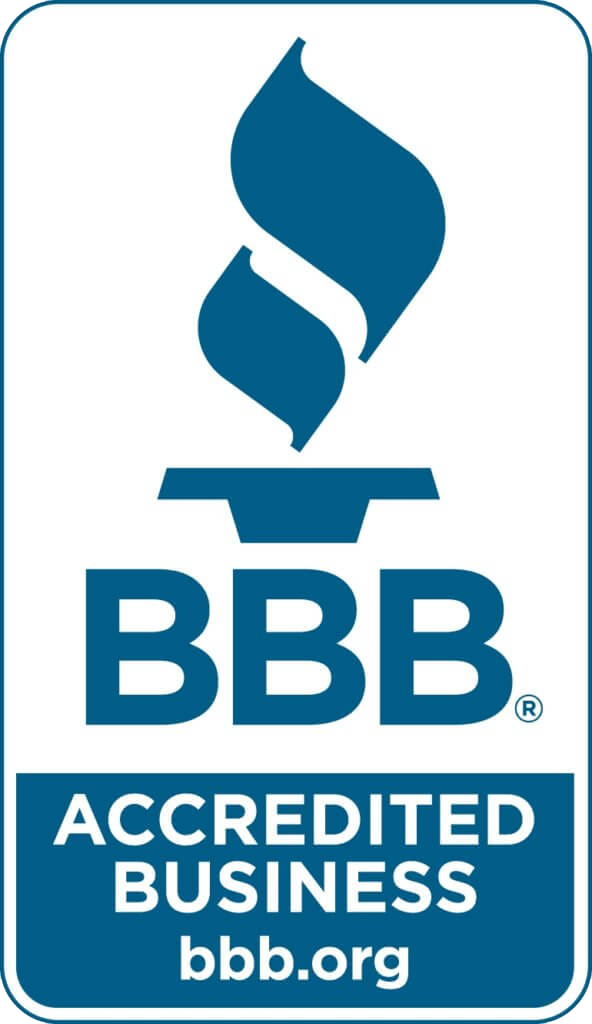A Guide to Crawlspace Terms
Crawlspace Encapsulation: Key Terms and Definitions You Need to Know
Crawlspace encapsulation is a vital aspect of home maintenance that often goes overlooked. It involves sealing your home's crawlspace to protect it from moisture, pests, and other potential issues. To help you better understand this process, we've compiled a list of key terms and definitions related to crawlspace encapsulation.

Crawlspace Encapsulation
Crawlspace encapsulation is the process of sealing your crawlspace to create a moisture barrier that prevents water intrusion, reduces humidity, and improves indoor air quality.
Vapor Barrier
A vapor barrier is a material, typically made of polyurethane or foil, that is installed on the walls and floor of the crawlspace. It prevents moisture from seeping through and into the crawlspace.
Moisture Barrier
A moisture barrier serves the same purpose as a vapor barrier by preventing moisture from entering the crawlspace. The terms "vapor barrier" and "moisture barrier" are often used interchangeably.
Crawlspace Humidifier
A crawlspace humidifier is an appliance specifically designed to reduce humidity levels in the crawlspace. It helps maintain optimal moisture levels, preventing mold growth and structural damage.
Sump Pump
A sump pump is a device installed in the crawlspace to pump out any accumulated water, keeping the area dry and preventing flooding.
Crawlspace Ventilation
Crawlspace ventilation refers to the system of vents or fans that circulate air in the crawlspace. Proper ventilation can help reduce humidity levels and prevent moisture-related issues.
Humidity
Humidity is a measure of the amount of moisture in the air. High humidity in a crawlspace can lead to mold growth, wood rot, and other problems.
Mold
Mold is a type of fungus that thrives in damp, dark environments. It can be harmful to both your home and your health, as it can produce allergens and irritants.
Radon
Radon is a naturally occurring radioactive gas that can enter your home through the crawlspace. It is odorless, and colorless, making it a potential health hazard if not properly addressed.
Crawlspace Encapsulation System
A crawlspace encapsulation system includes all the components and materials used to seal and protect your crawlspace, such as the vapor barrier, dehumidifier, and sump pump.
Air Quality
Indoor Air quality (IAQ) refers to the quality of the air inside your home. Proper crawlspace encapsulation can significantly improve IAQ by reducing the potential for mold growth and preventing the spread of allergens.
Rim Joist
The rim joist is the perimeter of the crawlspace where the floor joists meet the foundation walls. It is a common area for air and moisture infiltration, and it should be properly sealed during encapsulation.
Crawlspace Inspection
A crawlspace inspection is a thorough assessment of the crawlspace's condition, identifying any existing issues and determining the necessary encapsulation measures.
Crawlspace Access
Crawlspace access refers to the entry point into the crawlspace. It may be a hatch or access door that allows maintenance and inspections.
Crawlspace encapsulation is an essential component of maintaining a healthy, energy-efficient, and structurally sound home. By understanding these key terms and definitions related to crawlspace encapsulation, you'll be better equipped to communicate with professionals and make informed decisions regarding the protection of your crawlspace and, by extension, your entire home. Whether you're dealing with moisture issues, pests, or air quality concerns, crawlspace encapsulation can be a crucial step in safeguarding your home.
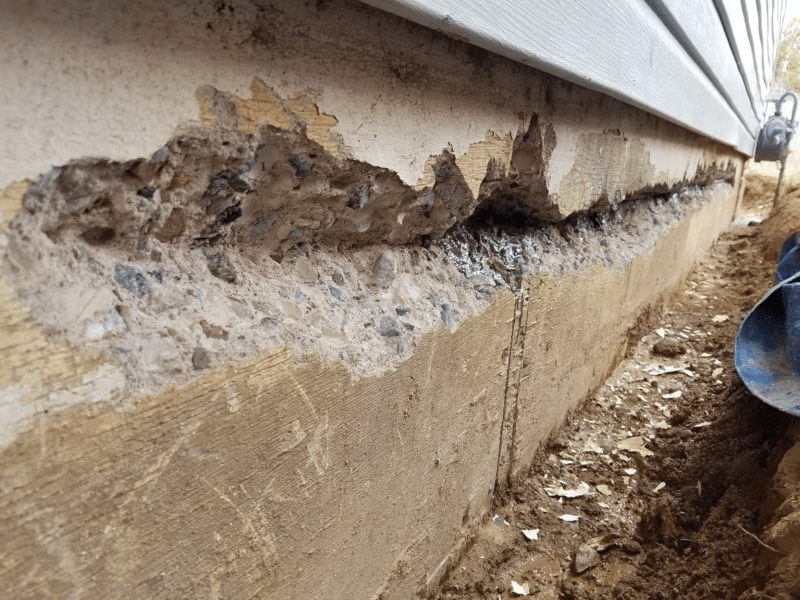
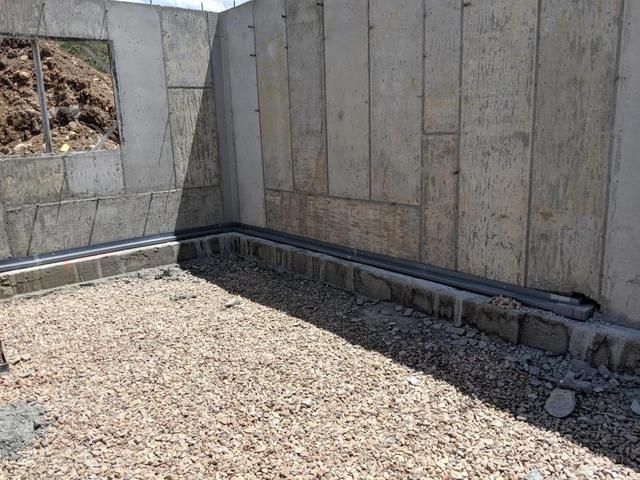


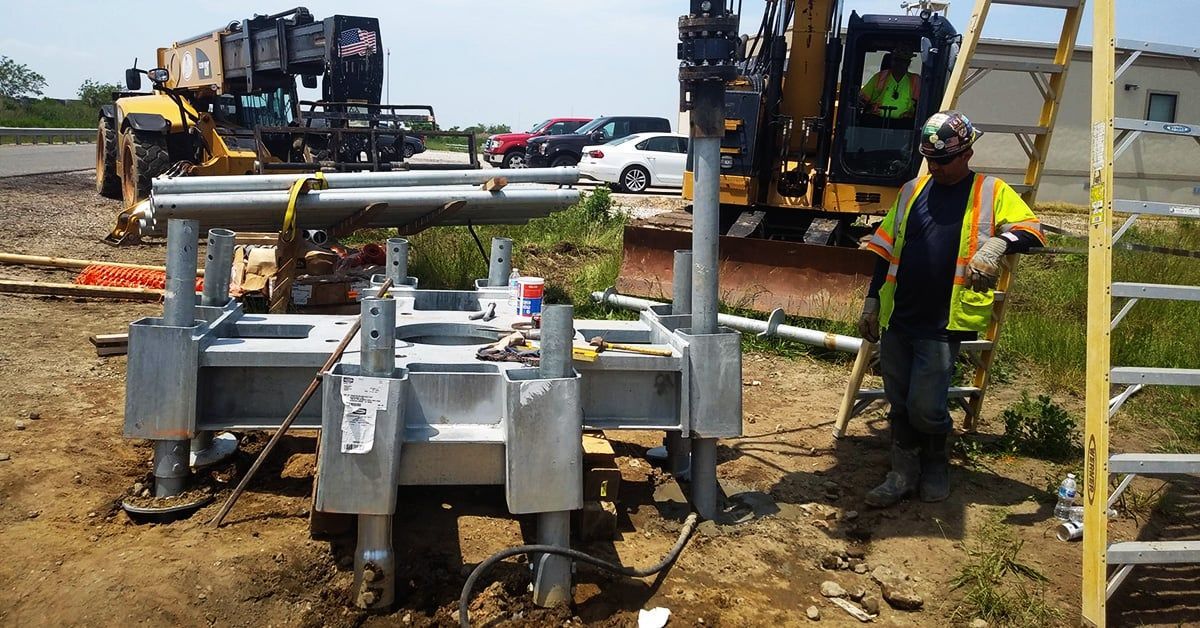


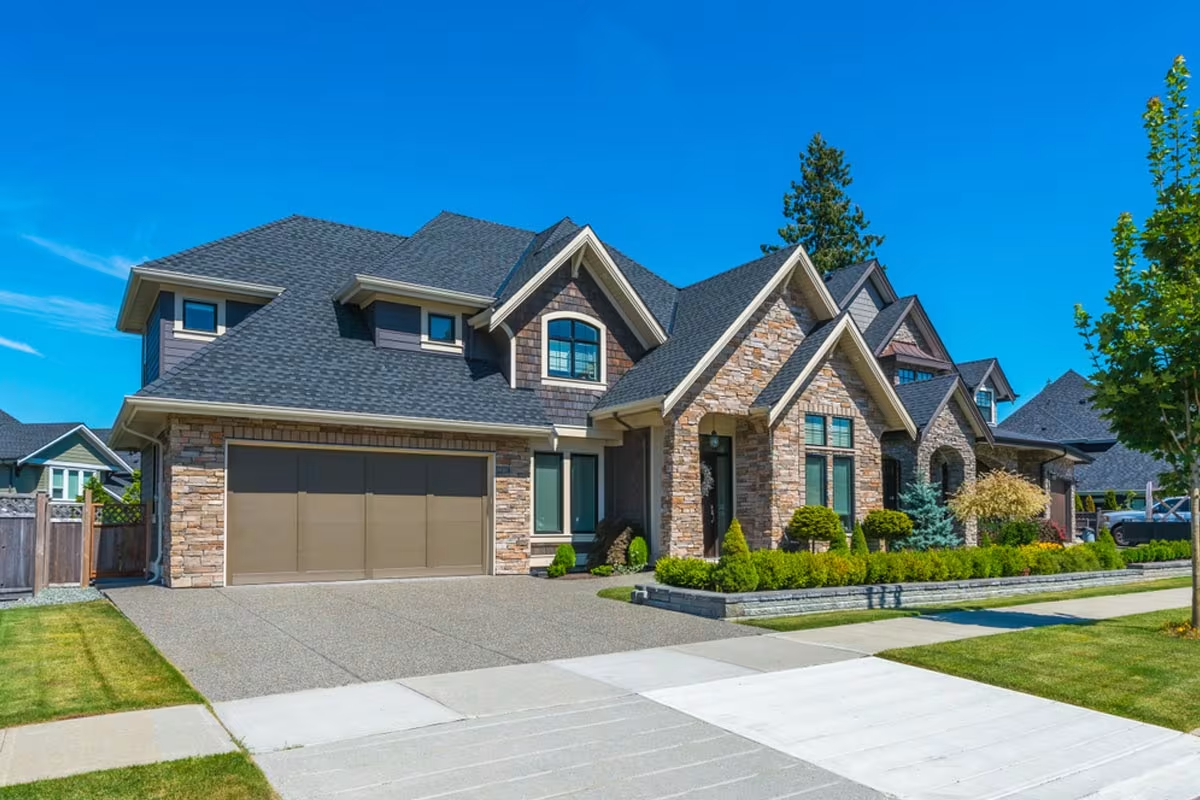


HAVE PEACE OF MIND WITH IWP FOUNDATION REPAIR
With over 30 years of combined experience in the business, you know that you can trust our team to get the job done right the first time. We value the customer experience, which is why we take the time to listen to your concerns, answer all your questions, and explain the best plan of action for your home. If you’ve noticed any foundation issues at all, no matter how minor they seem, you should call a professional. Our expert team is waiting for you, so call today for a free evaluation!
